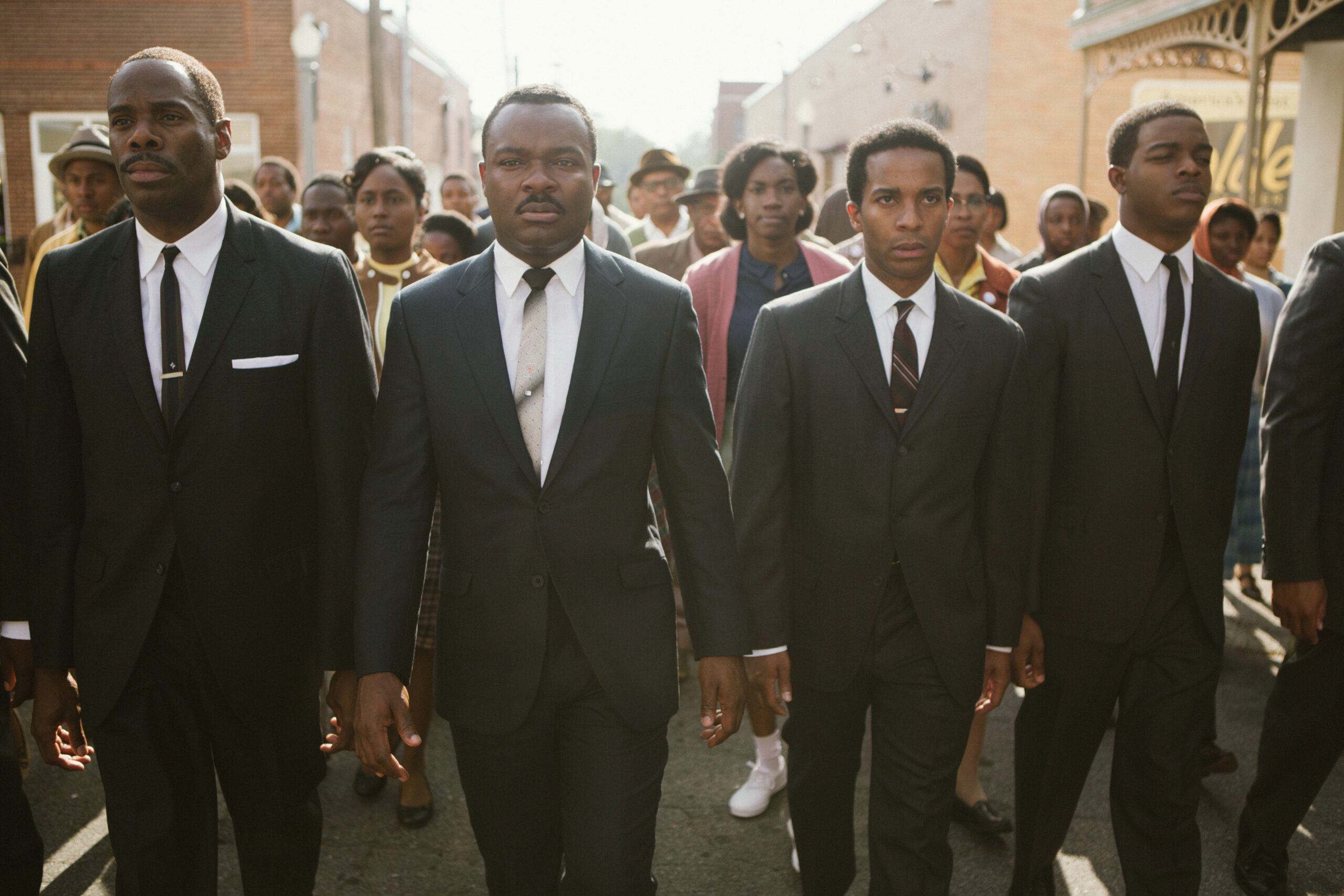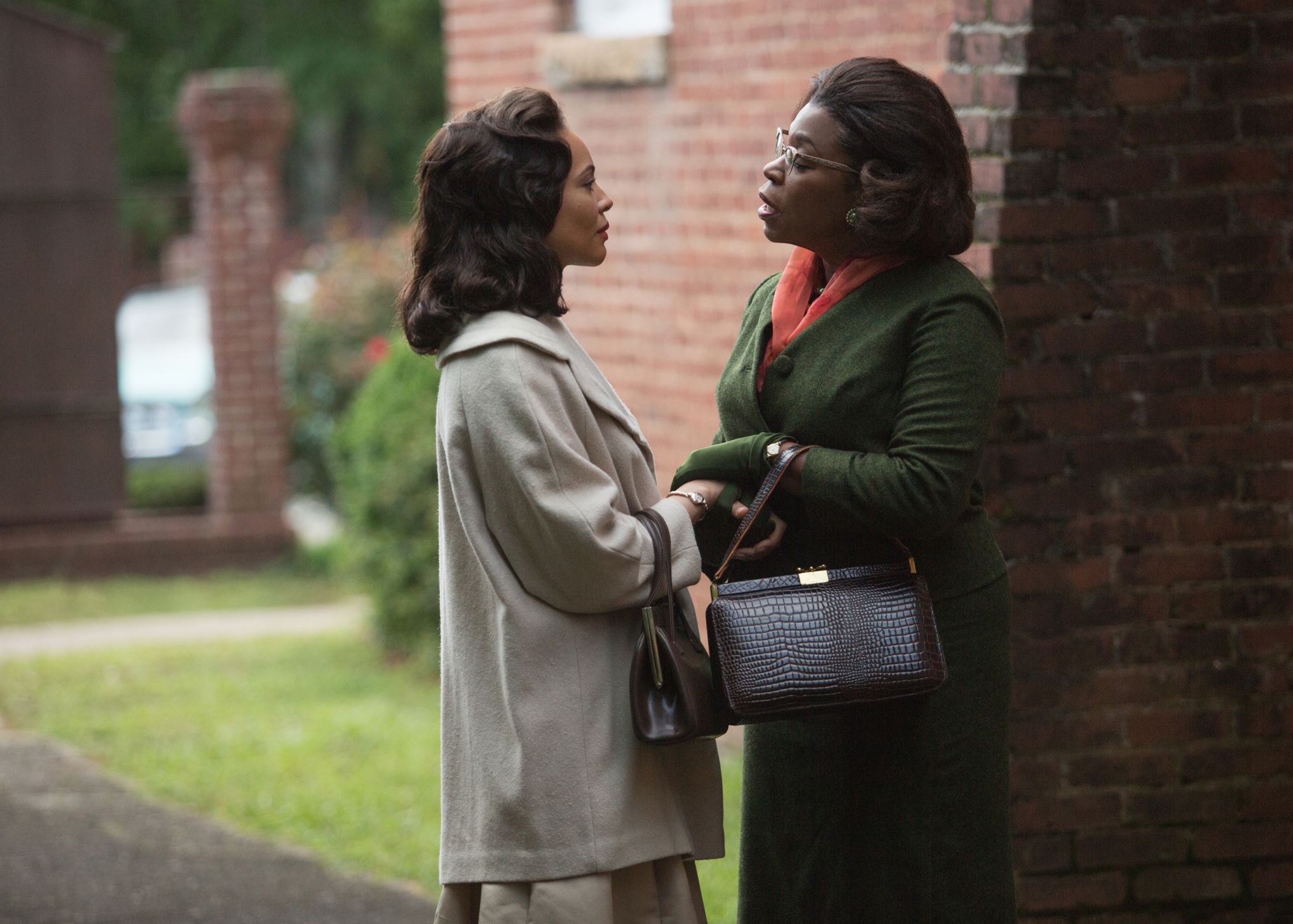Anatomy of a Protest
and redeem the soul of America.” – John Lewis
Anatomy of a Protest
Key themes
Protest and Power
Objectives
- Identify the components of a protest and use them to create a “Protest Playbook”
- Understand what makes a protest successful
- Outline ways citizens can take an active role in the community and drive positive social change
There are two activities in this lesson.
Key themes
Protest and Power
Objectives
- Identify the components of a protest and use them to create a “Protest Playbook”
- Understand what makes a protest successful
- Outline ways citizens can take an active role in the community and drive positive social change
There are two activities in this lesson.

LESSON THREE
Introduction
LESSON THREE
Activity I.
Creating a “Protest Playbook”
The goal of this activity is to learn about the components of a protest and learn how to craft a successful protest by creating a Protest Playbook.
Step 1
Step 2
Step 3
Step 4
Step 5
STEP 1: Watch this video about crafting a successful protest
STEP 2: Work individually or as a group to identify a cause or issue to support. This can be a local cause, a national cause or an international cause.
STEP 3: Once a cause is identified, create a symbol and/or slogan to be used to bring attention and support to the issue.
STEP 4: Decide on what type of protest you will have (for example, online or in person) and outline the logistics/rules of how it will be executed.
STEP 5: Research how you will measure the success of your protest. Determine the ideal next steps/outcomes to create the change you’re trying to achieve with the protest.
Use the resources below to outline how your protest will be conducted.
You will be building your Protest Playbook.
Use the resources below to outline how your protest will be conducted. You will be building your Protest Playbook.
Identify a cause or issue
Do Your Research #1:
A helpful way to identify a cause or issue to support is to review the propositions (community issues) on the ballots of your local elections.
Resource #1: This site allows you to look up any county / state in the country and see what propositions are on the local ballot.
Do Your Research #2:
Oftentimes, an issue your community is struggling with may also be happening in other communities. Examine national and even international causes that are being protested.
Resource #2: Here is a database of all the major / large scale protests occurring around the world.
Create a symbol, and/or slogan
Do Your Research #1:
Creating a protest symbol and/or slogan is about understanding what resonates with the people supporting the issue as well as making a statement that is clear and brief.
Resource #1: Read this article which provides examples of Black justice slogans and symbols that were used in activism before the “Black Lives Matter” slogan you may be familiar with today.
Do Your Research #2:
Sometimes more powerful than a slogan is a symbol or icon. Unifying colors, insignias, pictures, motifs, etc. can all accurately convey the goal or mission of a protest or cause without any words.
Resource #2: Here is an article that gives examples of protest symbols across the globe as well as symbols that multiple groups used in different points in history.
Decide on the type of protest
Do Your Research #1:
Protests are not always a physical march out in the streets. There can be many types of protests (and combinations of those types) to best fit the cause you want to support.
Resource #1: This document provides examples of the many types of protests you can organize.
Do Your Research #2:
Governments have laws around how citizens can legally protest, such as required permits, rules around photos/videos, etc. Review your rights for the type of protest you want to execute.
Resource #2: Read what your rights are at a protest.
Measure the success of your protest
Do Your Research #1:
While protesting to help drive change in our communities is important, it is more important to have a specific goal(s) in mind of what you hope the protest will accomplish (e.g., a change in a specific law(s), change in behavior(s), change in access to resources, etc.).
Resource #1: Review these five protests across the globe that resulted in a change. Note that the change achieved was not always immediate and sometimes took years, even decades, to accomplish
STEP 1
Identify a cause or issue
Do Your Research #1:
A helpful way to identify a cause or issue to support is to review the propositions (community issues) on the ballots of your local elections.
Resource #1: This site allows you to look up any county / state in the country and see what propositions are on the local ballot.
Do Your Research #2:
Oftentimes, an issue your community is struggling with may also be happening in other communities. Examine national and even international causes that are being protested.
Resource #2: Here is a database of all the major / large scale protests occurring around the world.
STEP 2
Create a symbol, and/or slogan
Do Your Research #1:
Creating a protest symbol and/or slogan is about understanding what resonates with the people supporting the issue as well as making a statement that is clear and brief.
Resource #1: Read this article which provides examples of Black justice slogans and symbols that were used in activism before the “Black Lives Matter” slogan you may be familiar with today.
Do Your Research #2:
Sometimes more powerful than a slogan is a symbol or icon. Unifying colors, insignias, pictures, motifs, etc. can all accurately convey the goal or mission of a protest or cause without any words.
Resource #2: Here is an article that gives examples of protest symbols across the globe as well as symbols that multiple groups used in different points in history.
STEP 3
Decide on the type of protest
Do Your Research #1:
Protests are not always a physical march out in the streets. There can be many types of protests (and combinations of those types) to best fit the cause you want to support.
Resource #1: This document provides examples of the many types of protests you can organize.
Do Your Research #2:
Governments have laws around how citizens can legally protest, such as required permits, rules around photos/videos, etc. Review your rights for the type of protest you want to execute.
Resource #2: Read what your rights are at a protest.
STEP 4
Measure the success of your protest
Do Your Research #1:
While protesting to help drive change in our communities is important, it is more important to have a specific goal(s) in mind of what you hope the protest will accomplish (e.g., a change in a specific law(s), change in behavior(s), change in access to resources, etc.).
Resource #1: Review these five protests across the globe that resulted in a change. Note that the change achieved was not always immediate and sometimes took years, even decades, to accomplish
Reflection Questions
- Explain to the other participants how the protest you decided to support clearly articulates a call to action.
- What are examples of recent protests that utilize the same components we analyzed?
- What are the similarities and differences between the march from Selma to Montgomery and modern-day protests/public demonstrations?
- What cinematic moments stand out to you in how the filmmaker told the story of this march and the events leading up to it? Why do you think the filmmaker made these choices?
LESSON THREE
Activity II.
Putting the Playbook in Action
Procedure
Play Part I of the video.
Download the Anatomy of a Protest lesson plan.
Participants will create a media campaign to bring awareness to the different covert or overt problems surrounding voting and political expression.
Continuing from what was learned in the “Do Your Research” and “Resources” sections from the previous “Protest Playbook” activity, participants should develop a mini campaign for their own protest that can be supported by citizens of all ages.
Protest campaigns should reflect the passion for the cause they’re representing. By having confidence in one’s voice and beliefs, which can be communicated through a campaign, participants will walk through six foundational steps to help infuse that confidence in the design of their own campaign.
Using the cause you identified in Activity 1, create 1-2 sentence answers for each category.
Discussion Prompt
On June 22, 1970, President Richard Nixon signed the 26th Amendment, which is an extension of the Voting Rights Act of 1965 that required the voting age to be 18 in all federal, state and local elections.
Discussion Questions
- Should high school students (freshmen through seniors) be allowed to vote or should the age limit remain at 18? What are your thoughts on students being allowed to vote at the age of 16?
- How can young adults exercise their activism in a way that is unique to their generation and culture?

